I am trying to understand at a high level what the differences between R Markdown and R NoteBook. I know they are interrelated but I would like to figure out how they are related. My understanding is this:
I know R Notebooks are really R Markdown documents but I am confused about the terminologies.
RStudio new file option has both R Markdown and R NoteBook and selecting either of them opens an R Markdown file but with minor differences. So just trying to figure out why are there two options and what is the difference between the two?
I understand R Notebooks are newly introduced and R Markdown has been there for a while. Part of the confusion could be because I never used R Markdown before R Notebook was introduced so my related or more specific question is
What is R NoteBook doing differently than just using R MarkDown or what new capabilities is R NoteBook bringing?
All my hits on web search are pointing that R Notebook uses R Markdown but I did not find any help on what is specifically different between the two.




